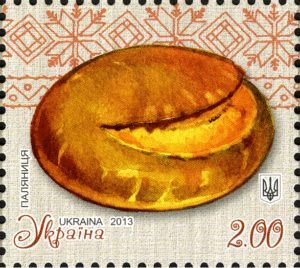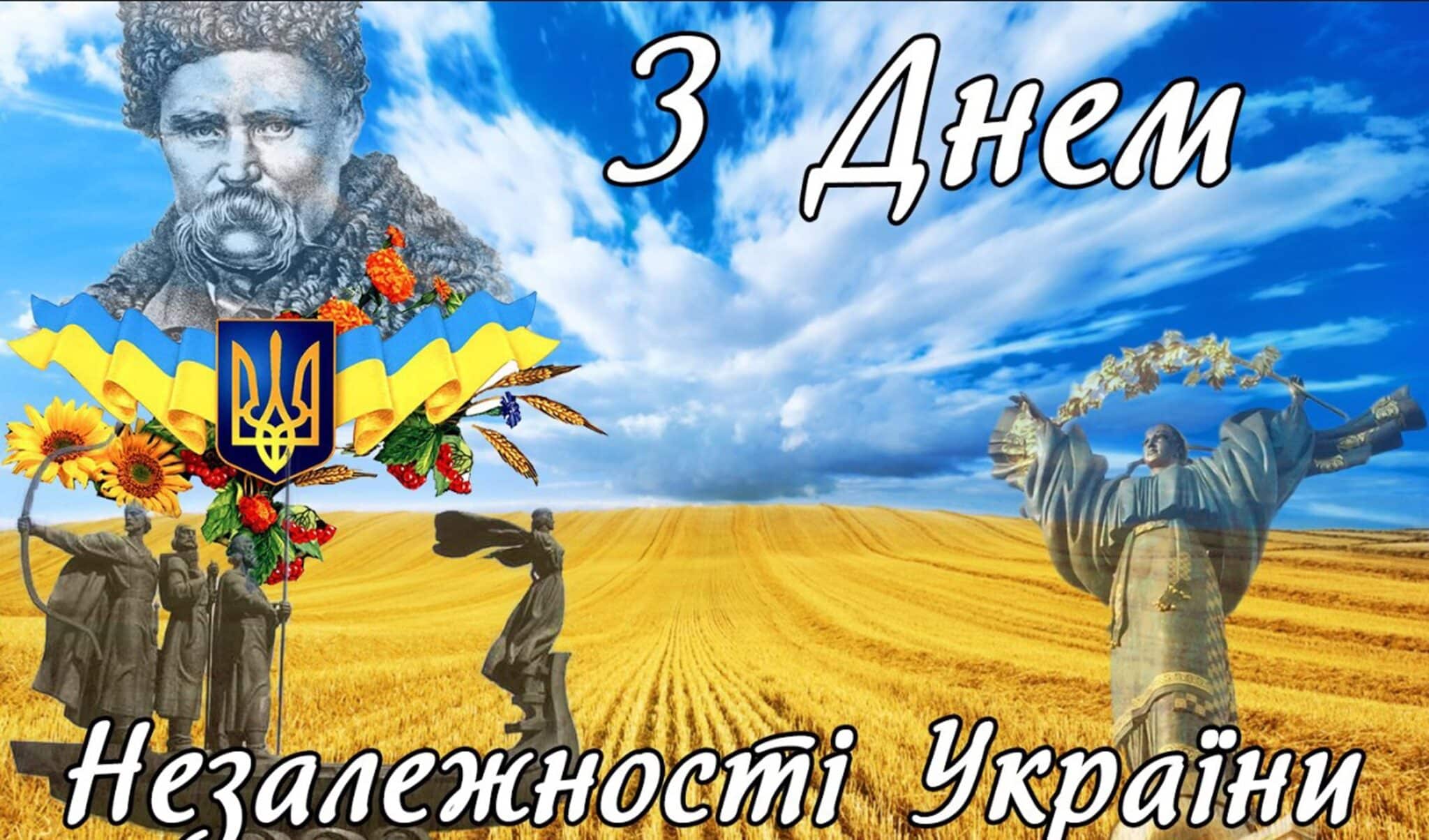What is “palianytsia”?
The word “palianytsia” is well-known to every Ukrainian, regardless of age or region of residence. It is perceived as something truly Ukrainian, native, and with a patriotic color. This word holds multiple meanings, so let’s delve into why it is so popular and what Ukrainians might imply when using it.
Traditional bread palianytsia
Palyanytsya is a round bread with a horizontal cut on the side, resembling a visor. Its distinctive appearance results from a unique cooking: the dough is not baked in an oven but on a heated surface. Palyanytsya is cooked on both sides in turn without adding fat. Hence, the name of this traditional bread comes from the word “palyty” (to fry).
Indeed, Ukrainians have been making palianytsia since ancient times. This bread has always symbolized the sun, happiness, prosperity, and the host’s hospitality. It was baked on ordinary days, for important occasions, and for festive holidays like Christmas. Therefore, besides being a practical food item, palianytsia held ritual and protective significance.
Often, the bread was not sliced with a knife but torn apart by hand. As a result, an alternative name for this bread has also gained popularity among the people – “oshchypky” (derived from the Ukrainian word “vydshchipuvaty” meaning to pinch off).
Against the backdrop of bread’s great importance in Ukrainian culture and the country’s agricultural industry, the term “palianytsia” has been steadily gaining popularity. For instance, in 2008, a new variety of wheat was named after it, and in 2022, a network of free food establishments for older people adopted the name.
Polianytsia village in the Carpathians
The Ivano-Frankivsk region has a mountain village called Polianytsia (previously known as Palianytsia until 2008). Situated at 920 meters above sea level within the Gorgany mountain range, it is part of the Carpathian National Natural Park.
The first written mention of Polianytsia dates back to 1820. The exact founding date of the village is still being determined, but it happened before 1943. That year marks the burial of a company of riflemen who lost their lives in battles against the German occupiers during World War II.
As of January 2022, about 700 people reside in the village of Polianytsia, and this mountain settlement is classified as a resort. However, during the winter season, the number of people staying in Polyanytsya significantly increases as tourists flock here to enjoy traditional holidays in the Ukrainian Carpathians.
Palyanitsa sculpture in Kyiv
There is a unique project called “Shukai!” (meaning “Seek!”) in Ukraine. It was created so that residents and guests of the capital could explore the history of Kyiv without a guide using interactive QR codes. During less than five years of the project’s existence, its participants have discovered 37 miniature sculptures. Among them are “Cutlet in Kyiv”, “Kyiv chestnut”, “Hryvnia”, “Ghost of Kyiv”, and many other exciting miniatures.
One of these remarkable miniature sculptures is the traditional palianytsia. The sculpture was created by Yurii Beliavskyi, the author of several other sculptures in the “Shukai!” project. The organizers chose the Fairmont Grand Hotel Kyiv, located on Naberezhno-Khreshchatytska Street, 1, for sculpture installation.
Palianytsia like a shibboleth
If you have studied any foreign language, then undoubtedly, the unusual sounds of that language have caused you irritation and difficulty with pronunciation. For example, the unusual French /r/ or the subtle /ðə/, /ði/ in English can be challenging even for those who have been learning these languages for years.
History has witnessed numerous examples in which incorrect pronunciation played a fatal role in the fate of people and even entire nations. This is how the concept of shibboleth emerged, as a language password mentioned for the first time in the Bible. Through this method, one can determine whether a person is a native speaker or has a secondary, and perhaps even limited, familiarity with a language.
“Palyanitsa” is an excellent example of a shibboleth that arose in early 2022 in connection with Russia’s military aggression against Ukraine. Ukrainian and foreign speakers pronounce this word in entirely different ways. Despite the apparent simplicity of the word, a person accustomed to the phonetics of another language (where there is no soft sound “ц“ (ts”) and the sound “l” is dental) pronounces this word with a noticeable accent.
As you can see, the word “palianytsia” holds various meanings. Despite several modern meanings, all Ukrainians unanimously recognize it as a type of bread. You might be interested in learning more about this Ukrainian bread and preparing it using a traditional recipe. Therefore, consider exploring classic or holiday recipes for palianytsia. Cook with pleasure and deepen your understanding of Ukrainian culture!






